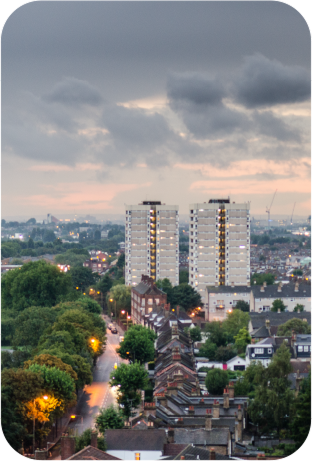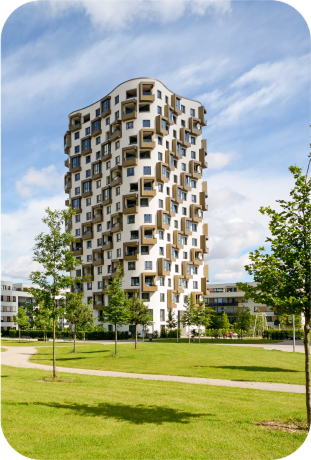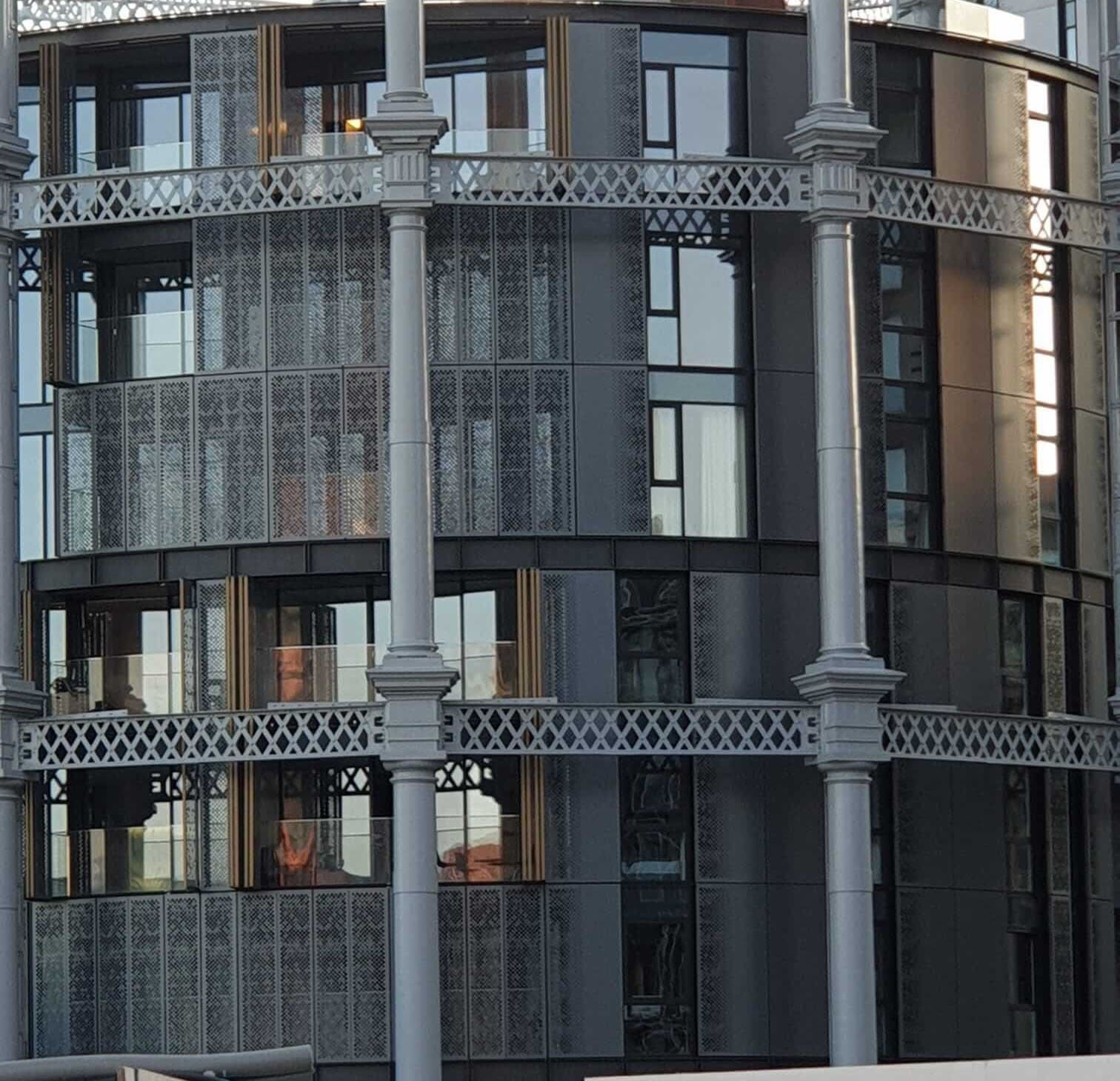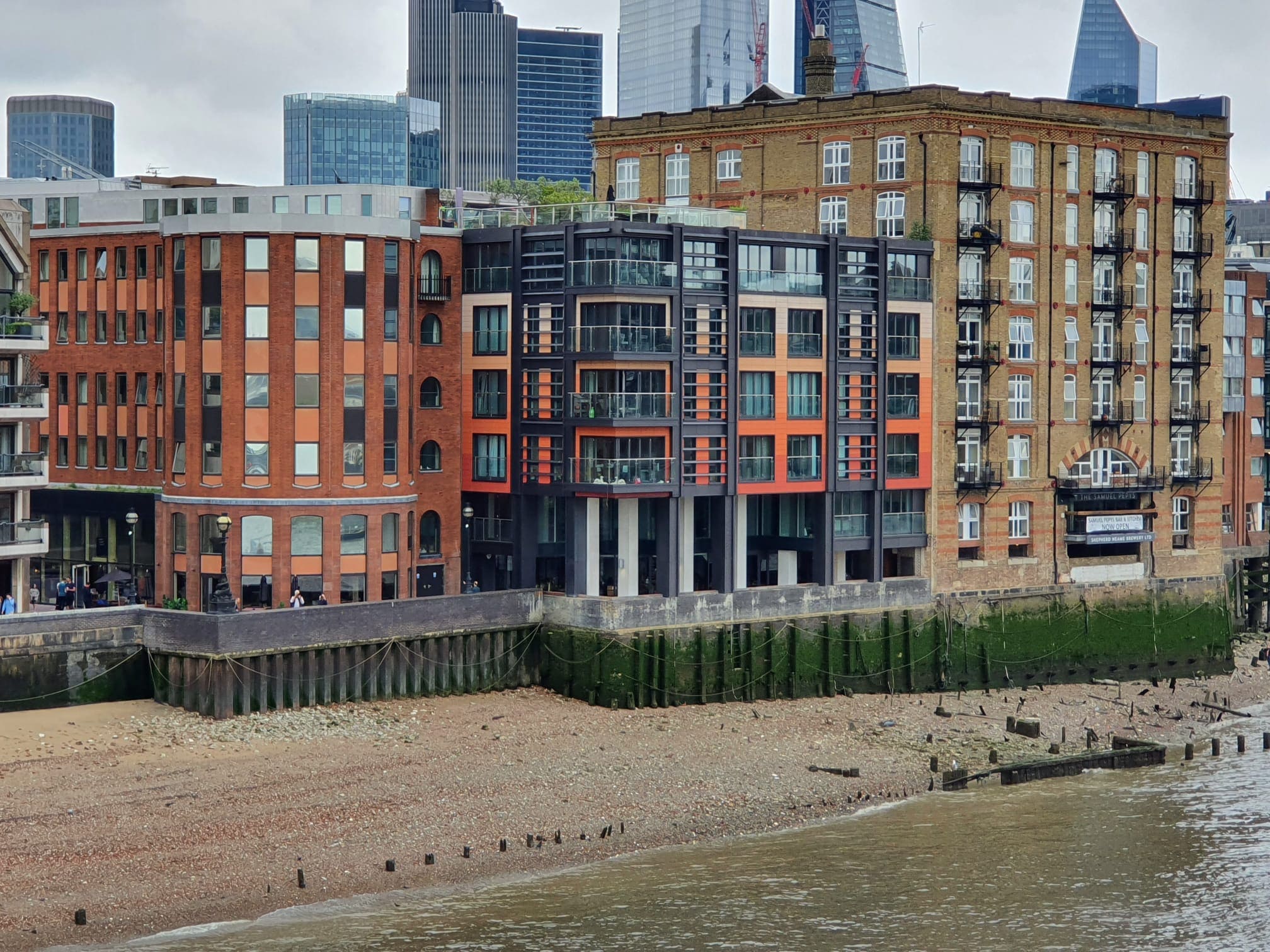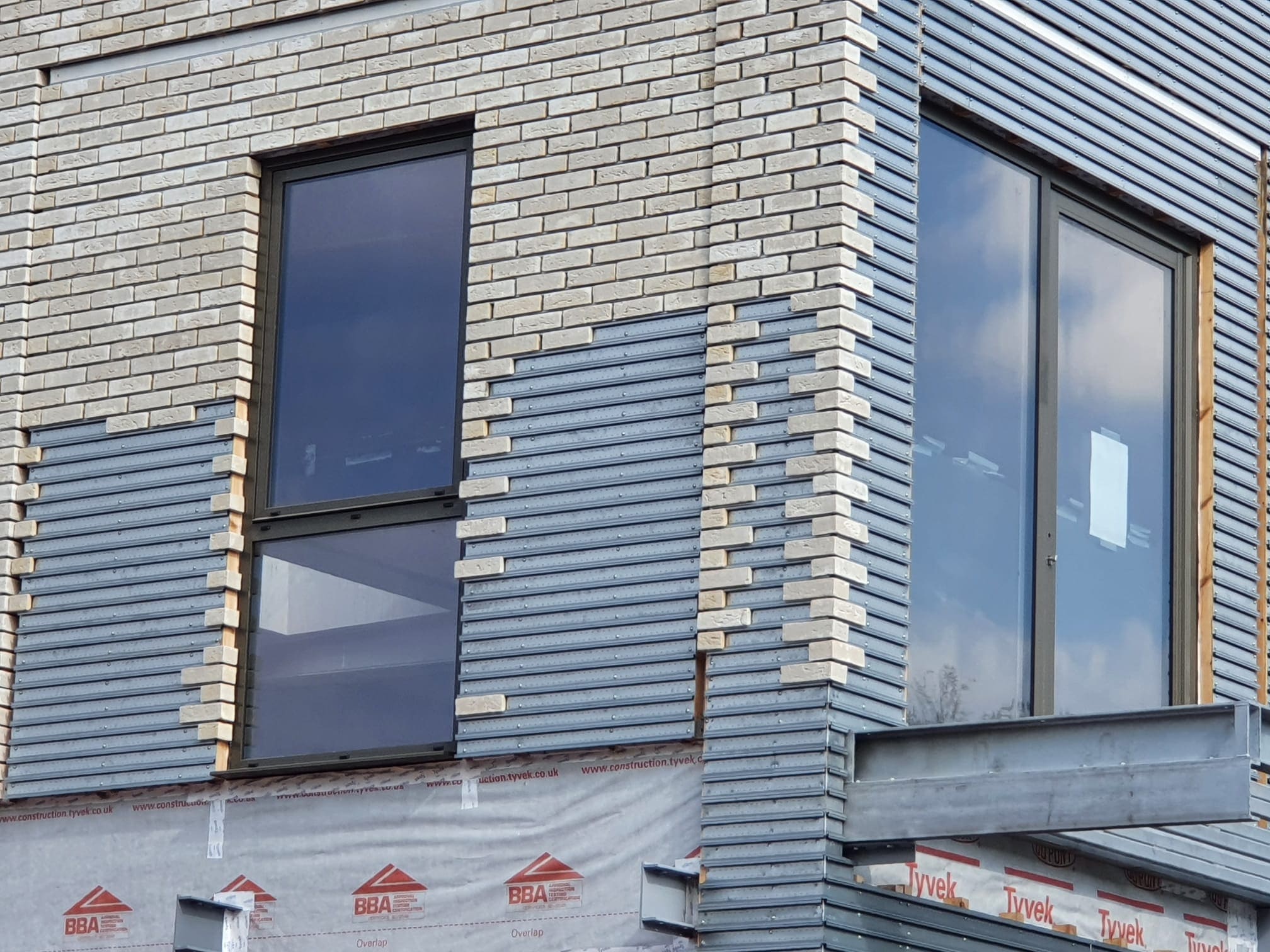30/04/2020
by: Mary-Anne Bowring/Property Week

Covid-19 has struck the property industry like a meteor, with retail in freefall, swathes of office space deserted and the housing market put into suspended animation by the government.
The unprecedented situation we are in means accurate valuations are now practically impossible. The system was already under pressure, with RICS carrying out a review into potential conflicts of interest amongst valuers, but the shutdown throws up obvious issues with the physical process of valuing a property, as movement is limited and surveyors are prevented from working in the field.
The uncertainty surrounding the government’s lockdown doesn’t help either. No one yet knows how long it will last, what the exit strategy is, nor what changes we will all have to make once we go back to ‘normal.’ This makes valuing any building incredibly difficult. For example, how can you accurately determine the value of a shopping centre when you don’t know when it will be open next? Or how many of its tenants will still be solvent at the end of the crisis? Retail valuations had been taking a beating long before coronavirus hit thanks to falling physical sales and footfall, as people increasingly shop online.
After the pandemic, while some will come to appreciate the human contact from buying in-store, others who previously avoided online shopping may now come to appreciate the convenience and flexibility it offers. Before Coronavirus, many retail landlords and investors were already exploring retooling their portfolios to bring in new uses like residential and leisure, or even logistics in some locations. Covid-19 will only accelerate this trend. Looking specifically at resi, blending housing with retail makes sense on a number of levels. Having people living literally on your doorstep will help drive footfall, while higher residential values can support investment.
BTR Possible Solution
By integrating build-to-rent or other income-producing asset classes such as purpose-built student accommodation or co-living, retail landlords and investors can also tap into new sources of revenue while also creating much needed places to live. BTR and purpose-built student accommodation are particularly attractive from an investor’s perspective thanks to their defensive, counter-cyclical qualities, as people are more likely to rent or attend university during a downturn. From a residents’ perspective, town-centre shopping centres are in central, well-connected locations, which is a key consideration for renters especially, while having shops and other amenities right by is also a major plus. This shift towards mixed-use will create new challenges for valuers, especially if landlords look to bring in emerging tenures such as build-to-rent and co-living, where there is already debate on how to best value these new asset classes. However, as mixed-use becomes the norm and more data becomes available, valuations will become easier.
https://www.propertyweek.com/covid-19/how-have-valuations-changed-since-lockdown-and-what-is-the-impact-of-this-change/5107601.article
 1643
1643












Keep up to date
(Weekly, fortnightly or monthly)
To find out more what we do with your data, please read our Privacy Policy

 0
0



